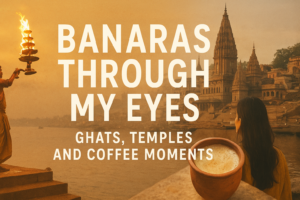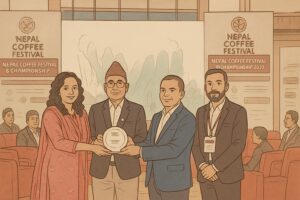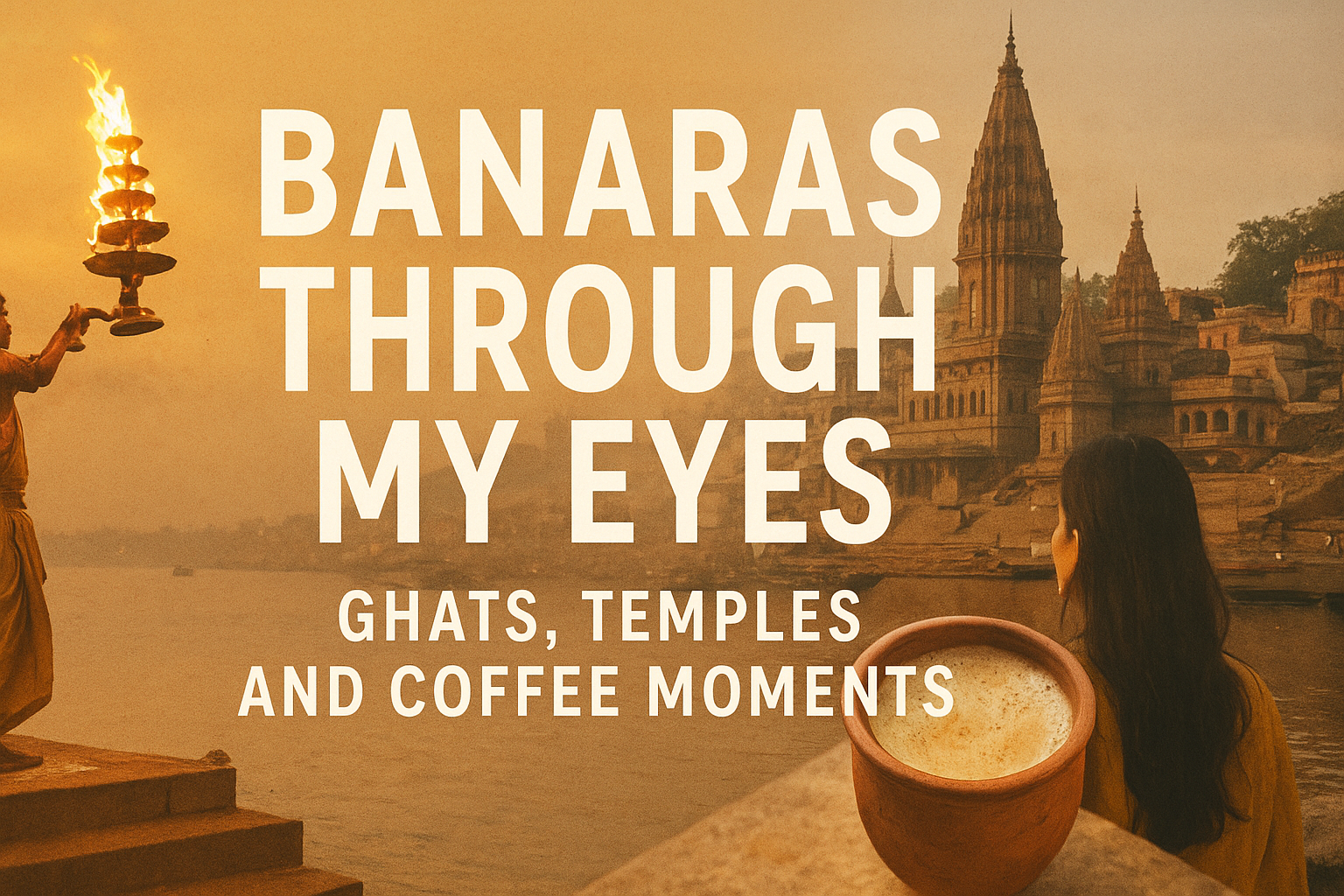
Banaras is unlike any other city I’ve ever visited. The moment I stepped onto the ghats, the city enveloped me with its energy—chaotic, spiritual, and utterly mesmerizing. I watched the Ganga Aarti at Dashashwamedh Ghat, flames flickering in sync with the chants, the river reflecting the light like molten gold. It was a moment that demanded stillness—a pause to simply witness life and devotion in its purest form.
Ghats, Life, and Mortality
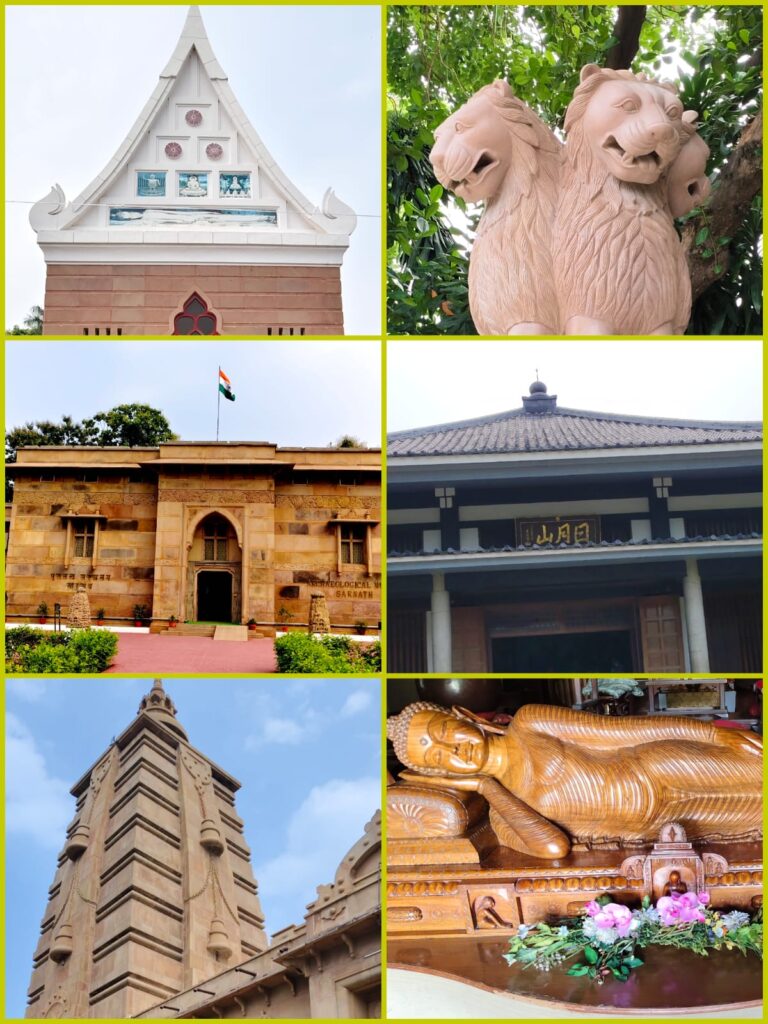
Ghats are where Banaras truly reveals itself. I wandered from one to another, each with its own rhythm. At Manikarnika Ghat, witnessing the cremation rituals was intense and humbling. Seeing the cycle of life so openly made me reflect on my own existence—something that hits differently when faced so directly. Other ghats offered moments of quiet, where I could watch boats glide over the water and locals go about their daily routines—a blend of everyday life and spirituality. From Assi Ghat, where mornings begin with soulful aartis and yoga by the river, to the newly built Namo Ghat, symbolizing modernity meeting tradition, and Dashashwamedh Ghat, known for its grand evening Ganga Aarti—each ghat tells a unique story of faith, culture, and connection.
Temples, Learning, and History
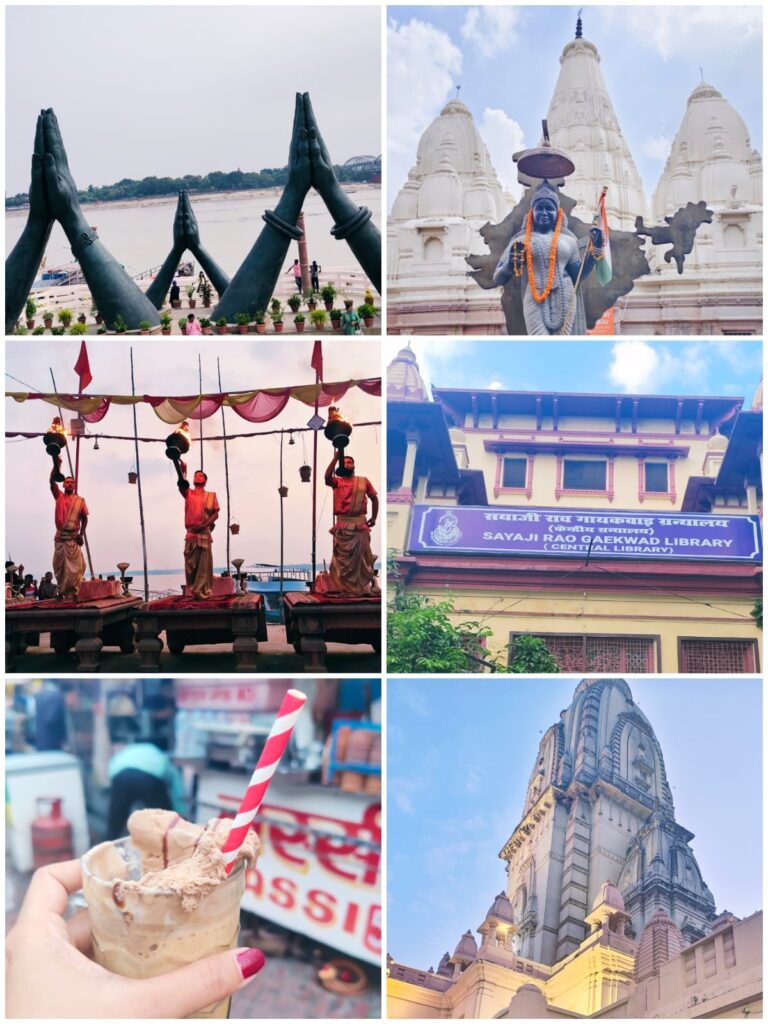
Exploring the temples across the city was another journey in itself. I felt devotion in every corner—from the grandeur of Kashi Vishwanath to hidden shrines tucked in narrow lanes. A walk through Banaras Hindu University (BHU)’s sprawling 1,300-acre campus reminded me of the city’s youthful energy and academic spirit. The majestic Central Library, established in 1918, is one of Asia’s largest university libraries, housing over 13 lakh books and journals—a treasure trove for scholars and dreamers alike. In contrast, the Cyber Library, inaugurated in 2016, represents Banaras’ modern digital leap, offering e-resources and peaceful reading spaces to students from across disciplines. Together, they showcase how the city balances tradition and technology seamlessly. A day at Sarnath added yet another layer—its ancient stupas and the Dhamek Stupa, where Buddha delivered his first sermon, radiate a serene yet powerful presence that connects history, learning, and spirituality.
Beyond the Tourist Lens: Coffee in Banaras
In Banaras, coffee has its own charm. While instant coffee brands like Nescafé, Sunrise, and Bru still rule homes and local shelves, the city has begun brewing its own coffee identity. I sipped coffee every day—from kulhad coffee that carried the earthy essence of the ghats to coffee lassi, a quirky local twist that surprised me with its richness. The iconic cold coffee with ice cream at BHU was another delightful find—thick, creamy, and nostalgic, a favorite among students and travelers alike. In the cafés scattered around Assi Ghat and the BHU lanes, I discovered everything from cold brews to espressos, each cup reflecting a different rhythm of Banaras. Coffee here isn’t just a drink—it’s an experience, a pause amid the city’s chaos, and a reminder that even in the land of chai, coffee has found its soulful space.
The Juxtaposition That Defines Banaras
What I loved most about Banaras is its contrasts. The ancient and the modern coexist seamlessly here—the ghats and cremation grounds, temples and universities, street food and specialty coffee. Walking from a centuries-old shrine to a café serving cold brew felt natural. It’s this blend of tradition and contemporary life that makes Banaras not just a place to visit, but a city to feel deeply.
Final Thoughts
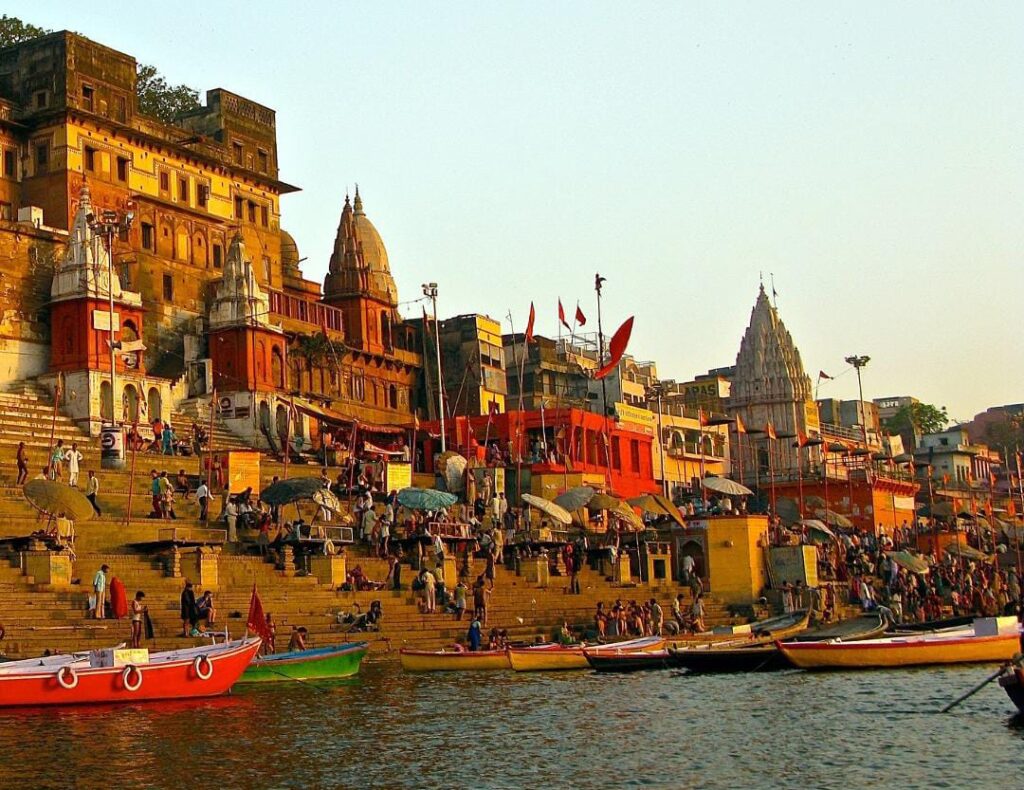
Banaras changed the way I see life and travel. From sunrises on the ghats to sipping coffee in quiet corners, every moment left an imprint. The city teaches you to pause, reflect, and absorb life in its rawest form—sometimes over the aroma of a strong espresso, sometimes amidst the chants of the Ganga.
Have you ever experienced Banaras beyond the typical tourist lens—or discovered a hidden coffee spot in this city full of stories? We would love to hear your experiences.



